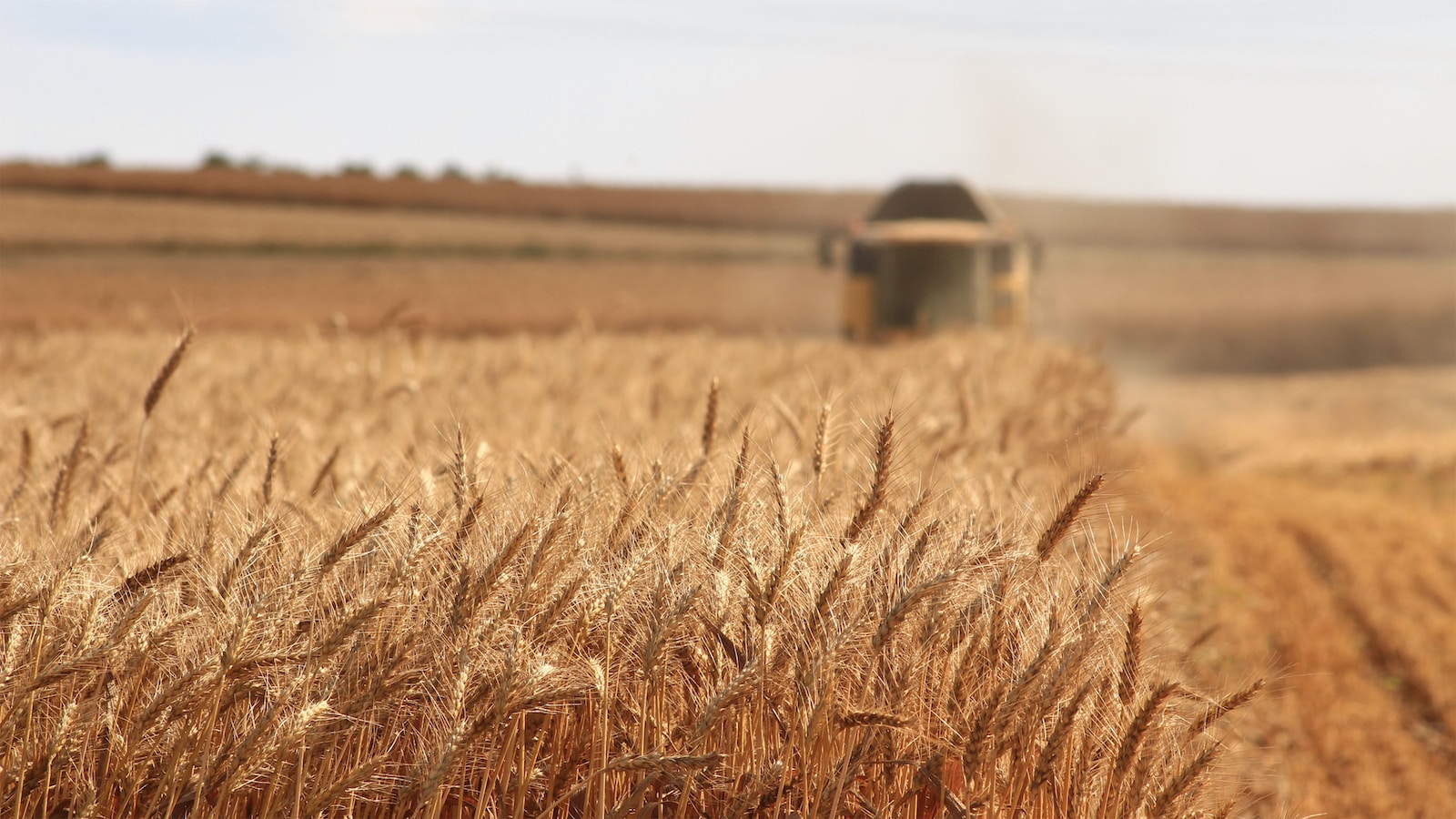Table of Contents
ToggleIntroduction
The summer of unprecedented heat has brought significant challenges to the US food production system. Farmers across the Midwest are grappling with the adverse effects of scorching temperatures on their already struggling crops. From soaring ocean temperatures to land and air disruptions, the impact of extreme heat on the food system is far-reaching and unpredictable. This article delves into the various ways heatwaves are transforming agriculture and highlights the need for adaptation in the face of an uncertain future.
Land: Wilting Crops and Heat-Stressed Livestock
Extreme heat poses a significant threat to plants, including essential crops, leading to stunted growth, disrupted pollination, and reduced yields. Recent studies indicate that extreme heat now affects wheat yields in the US and China more frequently than historical records suggest. Rising temperatures slow down photosynthesis in wheat, and at higher thresholds, enzymes within the plant start to break down. As a result, wheat crops face greater vulnerability in the face of heatwaves.
Although extreme heatwaves are becoming more frequent, the impact varies across regions and crops. Corn, cotton, sorghum, and soybean crops in Texas and the Midwest faced considerable challenges this year. However, heavy late-season rains saved these crops from total devastation. Farmers are now considering adjusting planting and harvesting times to take advantage of milder temperatures.
To tackle the heat challenge, experimental initiatives are underway in the US, focusing on developing crops with heat-resistant genes and exploring the viability of alternative plant species. The Wheat & Rice Center for Heat Resilience is studying the genetic traits that enable rice to tolerate heat stress. The Experimental Farm Network is breeding new crops and testing their adaptability to a changing climate.
Extreme heat not only affects crops but also poses risks to livestock. Cattle and other animals experience heat stress, leading to reduced milk yield, fertility issues, and even fatalities. Recent heatwaves in Nebraska and Oklahoma resulted in the deaths of cattle, emphasizing the urgency of implementing measures to protect livestock and their caretakers.
Oceans: Anchovies and Algal Blooms
Unpredictability extends to the oceans, where marine heatwaves disrupt underwater ecosystems. The ocean absorbs 90% of the excess heat associated with global warming, meaning that heatwaves on land also impact marine life. The effects of extreme heat on oceanic ecosystems are not straightforward, with both positive and negative outcomes observed.
Marine heatwaves, such as the infamous “the Blob” that affected the US West Coast from 2013 to 2016, can impact fisheries supplying seafood. Crab, squid, and salmon populations face challenges when heatwaves approach coastal areas. However, unexpected benefits have been observed as well. For instance, during the marine heatwave, the anchovy population off the West Coast experienced a surge, creating new opportunities for fisheries.
While some species struggle during heatwaves, others thrive. Market squid, shrimp, and bluefin tuna fisheries saw unexpected success due to the expansion of their habitat range. Nevertheless, toxic algal blooms triggered by extreme heat forced the closure of California’s Dungeness crab fishery, demonstrating the complex interactions between heat and marine life.
Air: Pollinators on Pause
Extreme heat’s impact on pollinators is another critical aspect of the changing food system. Bees, crucial for pollinating commercial crops, face challenges with pollen tube formation under extreme heat conditions. The nutritional value of flowers diminishes, indirectly affecting bees’ health and development. Solitary bees, which constitute the majority of bee species, lack social mechanisms to cope with heat stress, making them more vulnerable to rising temperatures.
To maintain a resilient agricultural system, researchers emphasize the importance of alternative pollinators. The presence of a diverse range of pollinators can compensate for the limitations faced by specific species. By promoting diversity, farmers can ensure continued pollination services, even in the face of extreme heat.
Adapting to an Uncertain Future
As extreme heat becomes more frequent, it is crucial to adopt a multi-faceted approach to mitigate its impact on the food system. Breeding heat-resistant crops, adjusting planting schedules, and implementing suitable insurance options for farmers are essential steps. Models and scientific research play a vital role in guiding decision-making and fostering thoughtful adjustments to agricultural practices.
Conclusion
The scorching summer heat poses significant challenges to US food production. Farmers, scientists, and policymakers must collaborate to develop adaptive strategies and support the entire food system. By embracing diversity, exploring alternative crops, and safeguarding pollinators, the agricultural sector can navigate the uncertainties of climate change and ensure a resilient food supply for the future.







